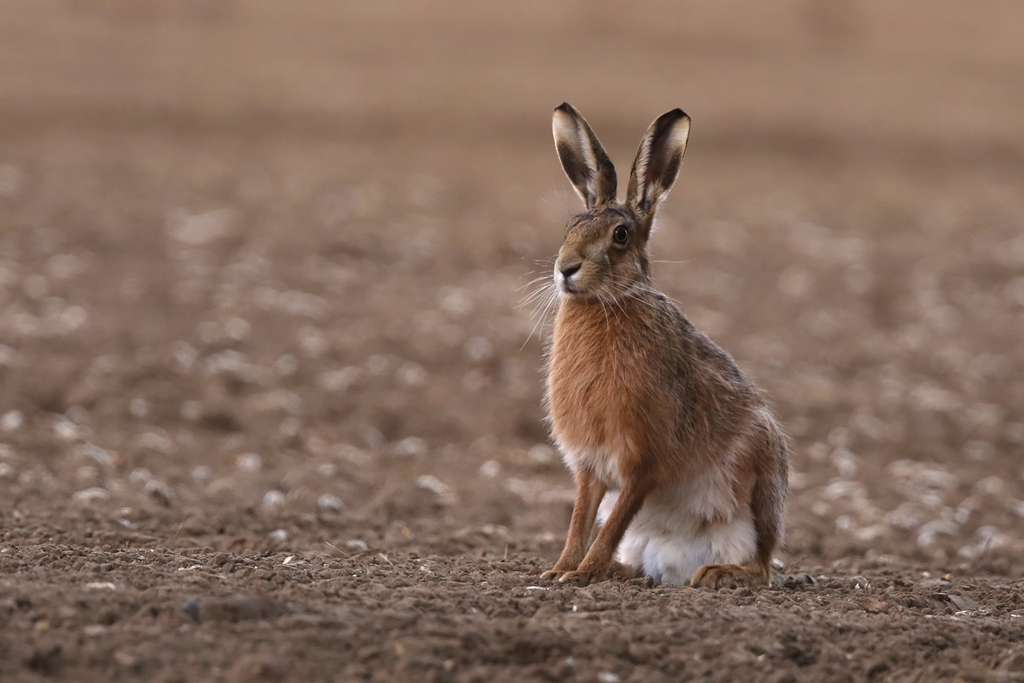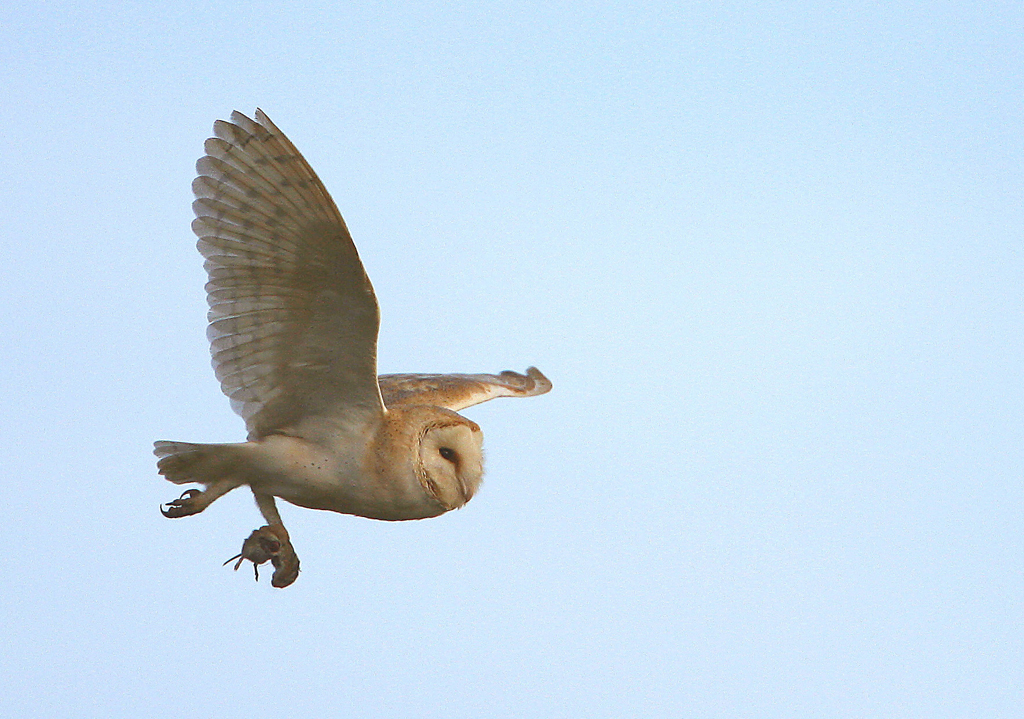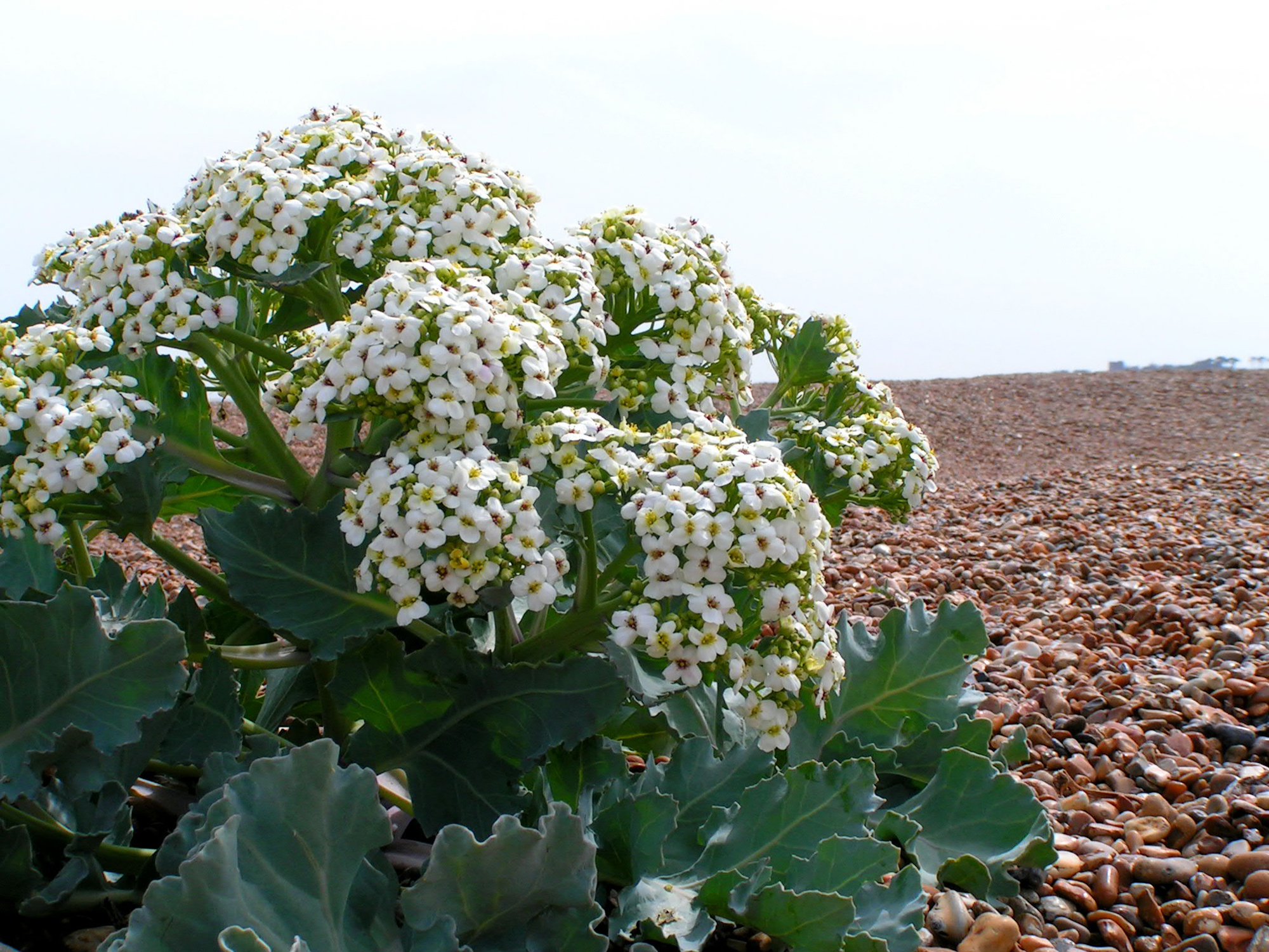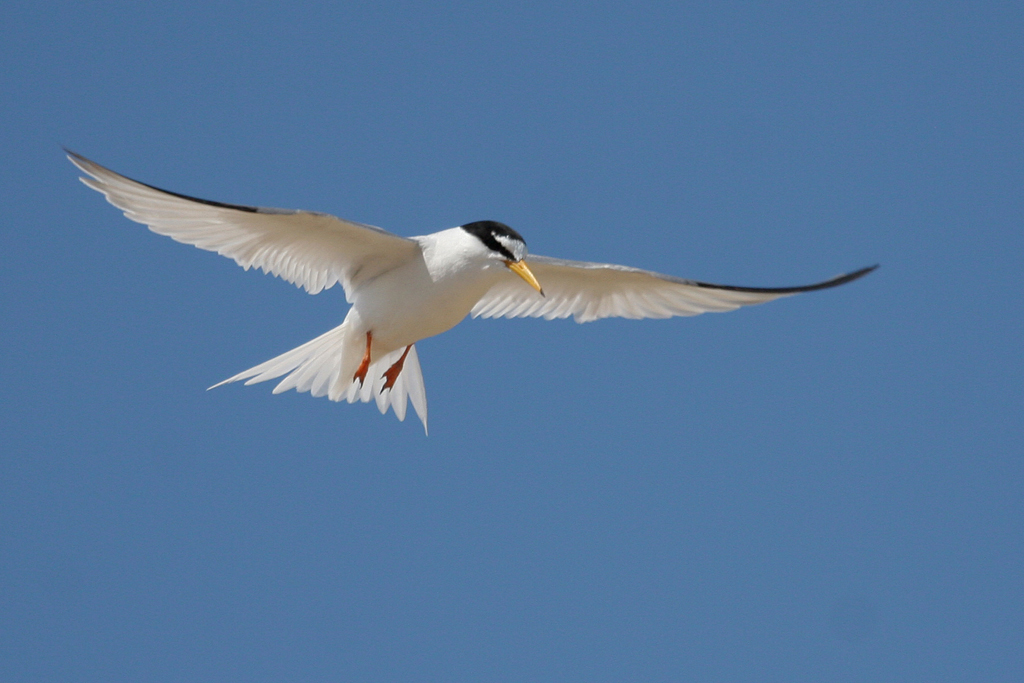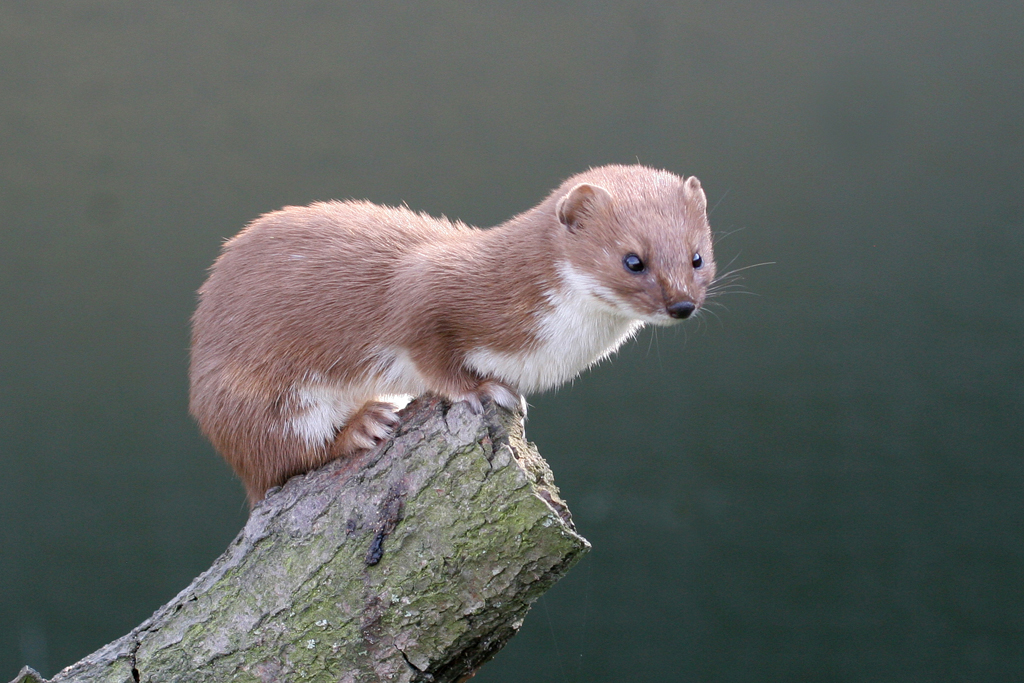One thing we lack in Shingle Street is fresh water, so our small garden ponds can be a real magnet for wildlife. One recent visitor at ours has been a magnificent Emperor Dragonfly, fiercely patrolling this tiny kingdom, as the scientific name Anax Imperator ‘Lord and Ruler’ suggests. As lord of all he surveys, the dragonfly sees a great deal. They have huge compound eyes made up of some 30,000 separate facets or lenses, so they can see objects in all directions simultaneously and with very great precision. They really do have eyes in the back of their heads. The ‘dragon’ in their name, which probably comes from a Greek word denoting sight, suits the dragonfly well since they are ferocious hunters of other insects, including butterflies, which they can seize in the air, manoeuvring at high speed in any of six directions – up and down, left and right, forwards and even backwards. The aerodynamics of dragonfly wings inspired the design of the flight-blades for the first Royal Navy helicopters named ‘The Dragonfly’ and more recently influenced modern drone technology, still catching up with nature’s own exquisite artifice.
We get little blue damselflies over the pond, too. You can tell a damselfly not just from the size and shape – dragonflies being large and bulky, damselflies petite and thin – but from the way damselflies hold their wings tightly folded when resting, rather than open like an aeroplane as dragonflies do. Damselflies also have their eyes touching close together not separated. It’s a gentler, more feminine name, suited to their dainty proportions, but they too are carnivorous, feeding on smaller flying insects. At the other end of the scale there was once a massive prehistoric dragonfly, the Meganeuropsis, about the size of a crow, but we’ve fortunately missed that by about 250 million years.
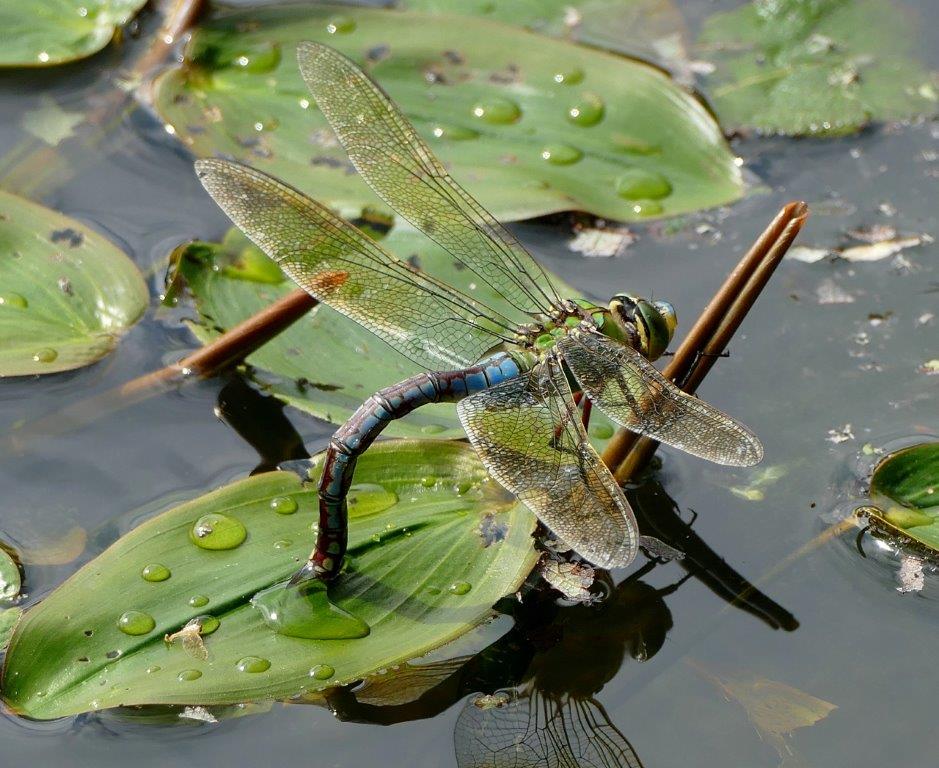
Female Emperor Dragonfly. Photo: John Rainer.
If you look closely you’ll see that a dragonfly is composed of three parts: a head with those all-seeing bulging eyes, a thorax (body) and an abdomen (tail). The thorax is the engine-room, where the muscles that power these aerial feats are located, while the tail can have a further function. Our visitor was a female and was pausing frequently to insert her long ovipositor (egg-laying tail) into the weeds to eject a stream of eggs that in about three weeks should develop into dragonfly larvae, which will in turn live in the pond for months, gorging on tiny aquatic life and emerging eventually one night as adult dragonflies. Their reign in the skies will only last a couple of months, alas, but these gauzy beauties are emblematic of a sleepy English summer and fleeting dreams of impossible creatures.
Jeremy Mynott
August 2025




